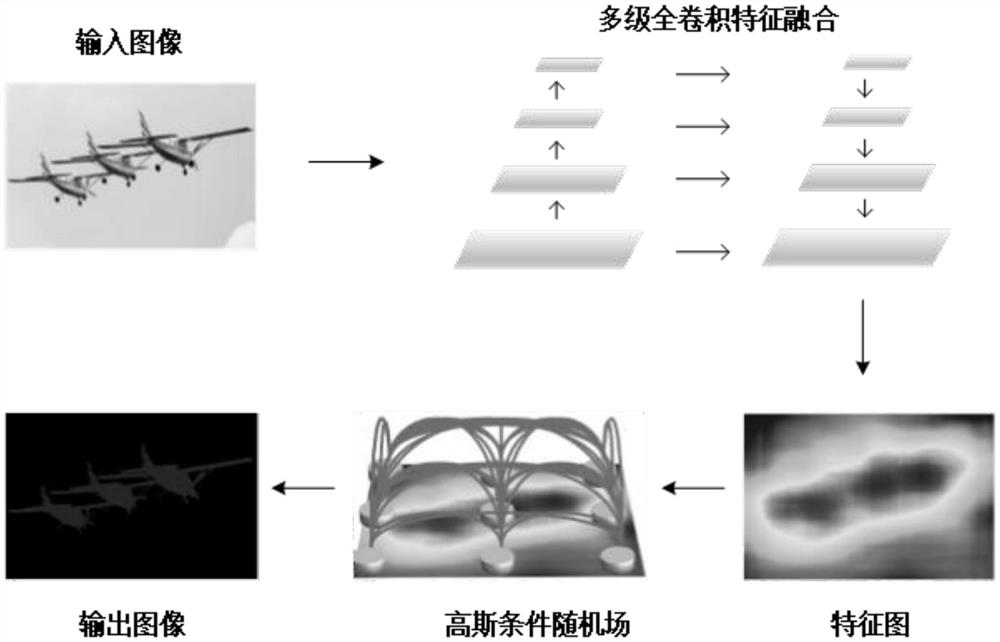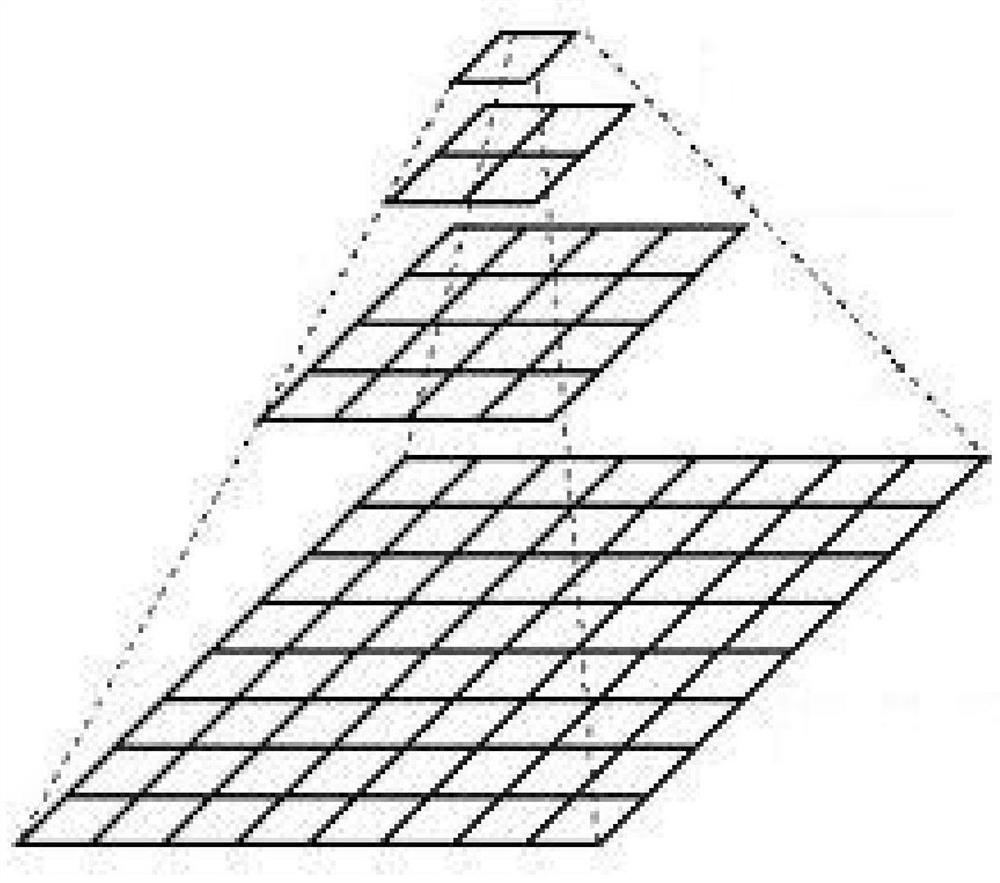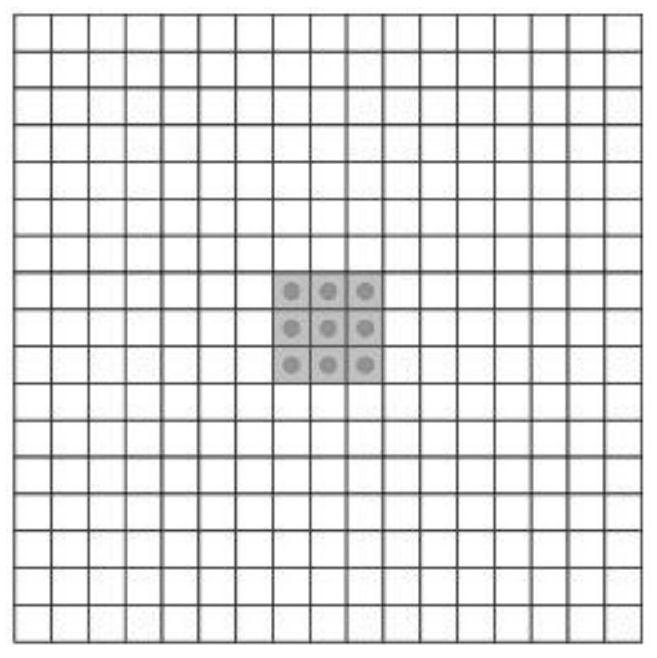Image semantic segmentation method based on multi-level feature fusion and Gaussian conditional random field
A conditional random field and feature fusion technology, which is applied in image analysis, image enhancement, image data processing, etc., can solve the problems of difficult convergence, difficult convergence of back-end model optimization, and non-convergence, so as to alleviate the slow convergence speed, ease even Difficult to converge effect
- Summary
- Abstract
- Description
- Claims
- Application Information
AI Technical Summary
Problems solved by technology
Method used
Image
Examples
Embodiment
[0064] Shown in conjunction with the accompanying drawings is a specific implementation of the image semantic segmentation method based on multi-level feature fusion and Gaussian conditional random field of the present invention. The basic frame diagram of the method is as follows figure 1 As shown, this method realizes the full convolution architecture of layer-by-layer fusion of multi-level features by constructing an image pyramid, trying to use a top-down tuning framework to replace the previously popular parallel pooling module, while obtaining features of different scales layer by layer Fusion, which ensures the preferential fusion of features between adjacent layers of the pyramid, maximally captures contextual information. In addition, the Gaussian conditional random field is used to further optimize the front-end output, capture more spatial details, and make the object boundaries in the segmentation effect map more accurate. The output of the final overall architectu...
PUM
 Login to View More
Login to View More Abstract
Description
Claims
Application Information
 Login to View More
Login to View More - R&D
- Intellectual Property
- Life Sciences
- Materials
- Tech Scout
- Unparalleled Data Quality
- Higher Quality Content
- 60% Fewer Hallucinations
Browse by: Latest US Patents, China's latest patents, Technical Efficacy Thesaurus, Application Domain, Technology Topic, Popular Technical Reports.
© 2025 PatSnap. All rights reserved.Legal|Privacy policy|Modern Slavery Act Transparency Statement|Sitemap|About US| Contact US: help@patsnap.com



